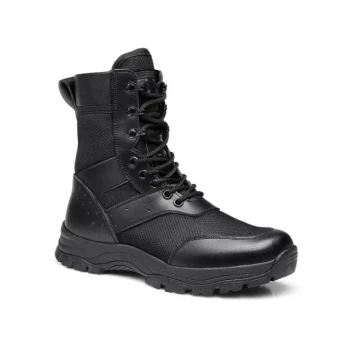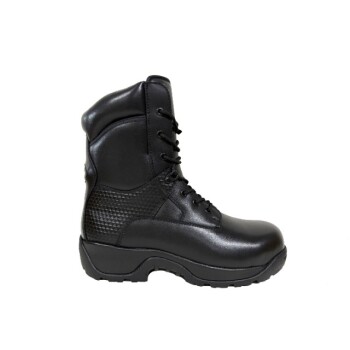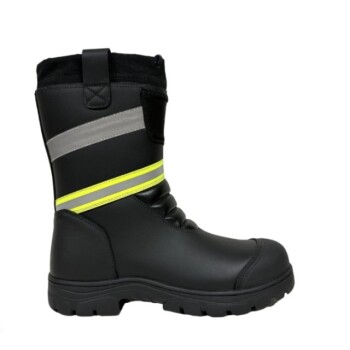In essence, tactical operations are the specific, short-term actions taken on the ground to achieve an immediate objective. They are the planned maneuvers within a larger conflict or situation, ranging from military missions and law enforcement activities to coordinated emergency responses.
The critical insight is that a "tactical" operation is defined less by the action itself and more by its relationship to a larger goal. It is a single, calculated step in a much longer journey, executed with precision to serve a broader strategy.
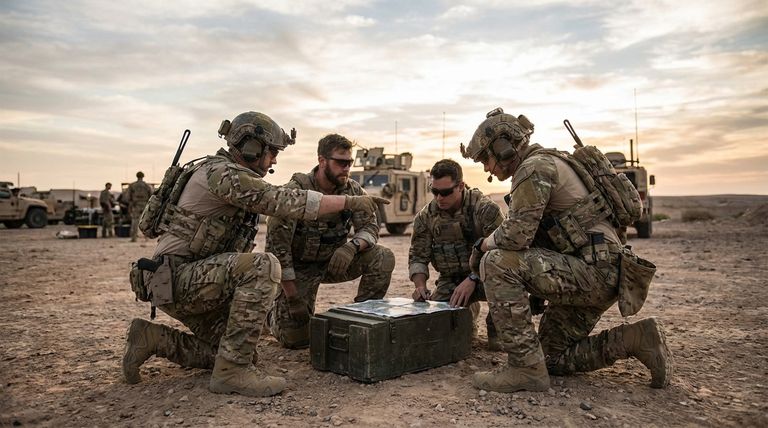
The Core Principles of Tactical Operations
To truly understand tactical operations, you must look beyond the specific action and examine the principles that govern their planning and execution. These principles are consistent across military, law enforcement, and even business contexts.
A Clear, Achievable Objective
Every tactical operation is built around a single, well-defined goal. This is often referred to as the "commander's intent"—a clear statement of the purpose and the desired end state.
Without a specific objective, an action is not a tactic; it is simply movement. This clarity ensures that every decision and maneuver contributes directly to success.
Deliberate and Detailed Planning
Tactical success is overwhelmingly a product of meticulous planning. This phase involves gathering intelligence, assessing risks, allocating resources (personnel and equipment), and establishing clear rules of engagement.
Contingency planning is a non-negotiable part of this process. Planners must anticipate potential points of failure and develop alternative courses of action before the operation even begins.
Precision in Execution
This is the phase most people visualize: the action itself. It is characterized by speed, surprise, and controlled violence of action to overwhelm a problem before it can adapt.
Every team member has a specific role, and their actions are choreographed and rehearsed. The goal is to execute the plan with maximum efficiency and minimal deviation.
Adaptability and Flexibility
No plan survives first contact with reality. The hallmark of a truly effective tactical team is its ability to adapt to unforeseen circumstances without losing sight of the objective.
This requires clear communication, decentralized decision-making, and a culture where individuals are empowered to take initiative when the original plan is no longer viable.
Where Tactical Operations Are Applied
While the term originates in a military context, the principles are universal. A tactical mindset is used to solve specific, immediate problems across many fields.
Military Engagements
This is the classic application. Examples include a squad-level raid on a specific building, a reconnaissance mission to gather intelligence on an enemy position, or securing a key piece of terrain like a bridge or hilltop.
Law Enforcement
Special Weapons and Tactics (SWAT) teams are the most visible example. Their operations, such as executing a high-risk warrant, resolving a hostage situation, or apprehending a barricaded suspect, are textbook tactical operations.
Emergency Response
Think of firefighters attacking a fire in a specific sector of a burning building or a search-and-rescue team executing a grid search in a defined disaster area. Each action is a tactic designed to contribute to the larger strategic goal of saving lives and property.
Business and Project Management
A product launch can be viewed as a tactical operation serving a strategic goal of market share growth. An agile development "sprint" is a time-boxed tactical effort to deliver a specific set of features that support the larger product roadmap.
Understanding the Trade-offs: Tactical vs. Strategic
Confusing tactical success with strategic victory is a common and dangerous mistake. Understanding the limitations is crucial for effective leadership.
The Risk of "Winning the Battle, Losing the War"
An operation can be a tactical success but a strategic failure. If a raid successfully captures its target but alienates the local population, it may undermine the long-term strategic goal of establishing stability in the region.
The Demands on Resources
Tactical operations are often intense and consume significant resources, including personnel, equipment, and planning time. An over-reliance on complex tactical solutions can exhaust an organization's capacity to address the bigger picture.
The Narrowness of Focus
By design, a tactical focus is narrow. Teams are locked on their immediate objective. This can create strategic blind spots if leaders are not constantly connecting these ground-level actions to the overall campaign plan.
How to Apply a Tactical Mindset
Whether you are leading a team or managing a project, you can use these principles to improve your outcomes.
- If your primary focus is mission success: Define a single, clear, and measurable objective before you take any action.
- If your primary focus is efficiency: Invest heavily in the planning phase to ensure you have the right resources and a clear course of action.
- If your primary focus is resilience: Develop primary, alternate, and contingency plans for every critical phase of your project.
Ultimately, a tactical approach is about breaking down a complex, strategic vision into a series of manageable, executable steps.
Summary Table:
| Key Principle | Core Focus | Application Example |
|---|---|---|
| Clear Objective | Define a single, achievable goal | Securing a key location in a military mission |
| Detailed Planning | Meticulous intelligence and resource allocation | SWAT team executing a high-risk warrant |
| Precision Execution | Speed, surprise, and controlled action | Firefighters attacking a specific sector of a blaze |
| Adaptability | Flexibility to adjust when plans change | Agile team pivoting during a product sprint |
Ready to equip your team for tactical excellence?
As a large-scale manufacturer, 3515 produces a comprehensive range of high-performance tactical footwear and boots for distributors, brand owners, and bulk clients. Our production capabilities ensure durability, precision, and reliability—essential for any tactical operation.
Contact us today to discuss your specific needs and discover how our footwear can support your mission success.
Visual Guide
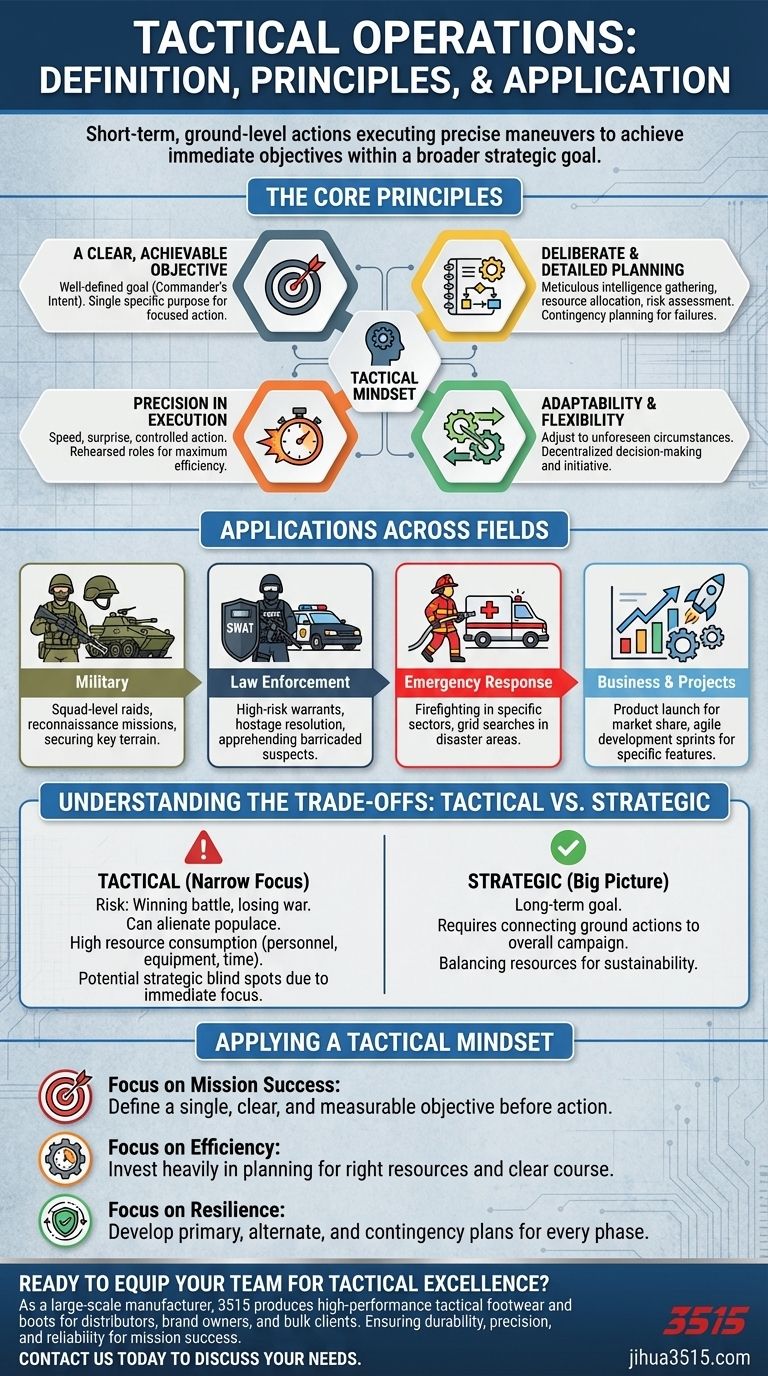
Related Products
- Wholesale Waterproof Tactical Boots Custom Suede & High-Traction Soles
- Durable Leather High-Ankle Tactical Boots for Wholesale & Custom Manufacturing
- Wholesale Durable Mid-Cut Tactical Boots for Custom & Private Label Brands
- Wholesale Lightweight Tactical Boots with Dial Closure OEM & Bulk Orders
- Durable Leather Tactical Boots Wholesale & Custom Manufacturing for Brands
People Also Ask
- How do uniform requirements influence the choice between tactical boots and sneakers? Select Compliant Footwear for Your Role
- What are the advantages and disadvantages of waterproof tactical boots? A Guide to the Key Trade-Offs
- Are military camouflage boots waterproof? How to Choose Boots That Keep Feet Dry
- What is the significance of waterproof functionality in tactical boots? Essential for Health & Performance
- Why is waterproofing important for tactical boots? Protect Your Feet and Gear in Any Mission

